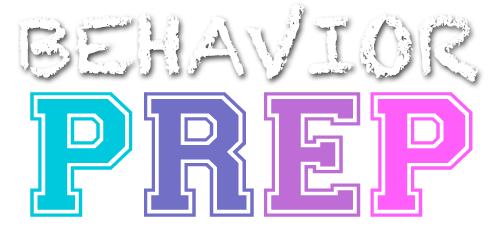G.9 Design and Evaluate modeling procedures
Designing and evaluating modeling procedures involves creating interventions where the individual is shown how to perform a behavior through demonstration by someone else (a model). The individual then observes the model and imitates the demonstrated behavior. Evaluating these procedures ensures that modeling effectively leads to the desired behavior change.
Example: A BCBA is teaching a child with Autism how to greet peers. The BCBA uses modeling by first showing the child how to wave and say “hello” to another person. After the demonstration, the BCBA prompts the child to imitate the greeting. Each time the child successfully imitates the modeled behavior, they are reinforced with praise or a preferred activity. The BCBA evaluates the effectiveness of the modeling procedure by tracking how often the child successfully greets peers in various settings without needing the model.
